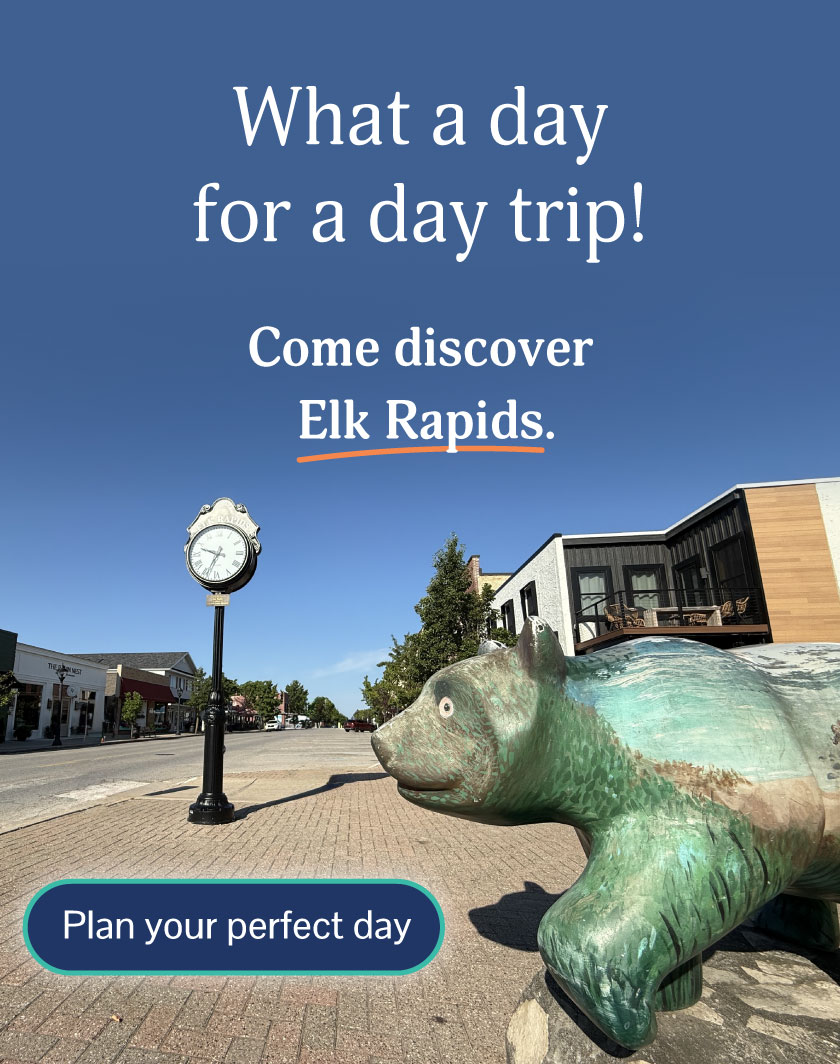Making Division Street Slower, Steadier and Safer
Sept. 10, 2015
Traverse City’s Division Street has been a hot topic in the news lately; it seems everyone has an opinion about how best to improve it. The problem is, they are just that – opinions. And few are based in fact.
More than 25,000 vehicles pass along this highway every day, often competing with pedestrians and bicyclists trying to cross. Transportation officials say more than 400 accidents have occurred on the street over the last five years. Most agree it’s a dangerous corridor and serious changes need to happen.
For this reason, the Michigan Department of Transportation (MDOT) has been working this past year with a local advisory committee (made up of area stakeholders) to look at improvements to the corridor from Fourteenth Street to Grandview Parkway. City officials and the public have also been involved to review potential design change options.
Several recommendations have been made, including traffic calming measures intended to make Division Street more pedestrianand biker-friendly. Plans include adding improved crosswalks, left-turn lanes, and traffic signals.
There has even been discussion about traffic changes in the adjoining neighborhoods.
But one design improvement has received the most attention and public criticism – the modern roundabout.
We’ve all heard the claims, including “roundabouts worsen traffic congestion,” “roundabouts are dangerous,” and “large trucks, snow plows and fire trucks have difficulty traveling through roundabouts.” Also, “roundabouts are the same as traffic circles,” “roundabouts won’t catch on in this state,” and “it’s difficult to remove snow in roundabouts.” But all of these myths have been debunked, and video proof is available on the Michigan Department of Transportation–sponsored web page: www.michiganltap.org/roundabouts.
Officials say that 14th and Division is one of the leading Traverse City intersections for accidents and injuries, and MDOT maintains that installing a roundabout there will help make it safer for everyone.
So why all the hubbub? Most people do not know what a modern roundabout is, and a common concern is that those who have not experienced one won’t be able to get used to the new traffic pattern. However, studies consistently show just the opposite – the public overwhelmingly supports roundabouts once they are implemented.
Navigating a roundabout is easy, but because people can be apprehensive about new things, it’s important to educate the public about its use.
The main reason roundabouts are constructed is to improve safety. U.S. Department of Transportation research shows that they provide a more than 90 percent reduction in fatalities, a 76 percent reduction in injuries, and a 35 percent reduction in all crashes. The slower speeds required of a roundabout are generally safer for pedestrians as well.
This design also reduces congestion during peak hours and other busy times. There is typically less delay than using traffic signals, with fewer stops and hard accelerations like those used to pass through a yellow light. Roundabouts also complement other community values like quieter operation, functionality and pleasing aesthetics. Where appropriate and properly designed, roundabouts operate more efficiently, often have lower life cycle costs, and result in increased fuel efficiency.
Traffic can move freely through roundabouts. This makes them more efficient than signalized or stop-controlled intersections. Unlike other types of intersections, roundabouts are designed to slow the speed of vehicles entering by deflecting them from a straight-line path into a circle. Drivers approaching the roundabout have time to judge for gaps in the circulating traffic and either yield or adjust their speed before entering the intersection. This allows for safer entries into circulating traffic.
One of the main benefits of a modern roundabout at Fourteenth Street is the creation of a visible transition from suburban highway driving to slower city speeds. The driver will think, “Hey, I’m in a neighborhood now. I’d better slow down.” Right now, there is relatively little change in the street as you head north, and speed limit signs are ignored.
I still have unanswered questions about just how the new plan will address pedestrian and biker safety. The intersection at Seventh Street is confusing and dangerous, and with no traffic light at Eleventh Street, few dare to cross at this congested point.
With the final round of public input complete, the state’s plan for Division Street will be unveiled in the weeks ahead. There are many factors that will inevitably prevent it from being perfect (land easements, road widths and one-way streets that feed into and away from it), but my hope is that people will overcome their reluctance and uncertainty in exchange for improved safety and neighborhood compatibility.
Christie Minervini owns Gallery Fifty at The Village at Grand Traverse Commons, and is active in causes of education and homelessness in the Grand Traverse region.
Trending

The Art of the Decoy
On mantles and shelves around the country (and indeed, around the world) sit intricate and beautiful wooden fish decoys that… Read More >>
Wreath the Halls
Get ready for the holidays with the ultimate wreath workshop! Boyne Mountain hosts Wreathfest, Saturday, Nov. 8, with Kalin … Read More >>
Saving Wild Elk Country
This fall, the elk population got a helping hand from their human friends. Gaylord-based conservation nonprofit Huron Pines … Read More >>


